Search
Search Results
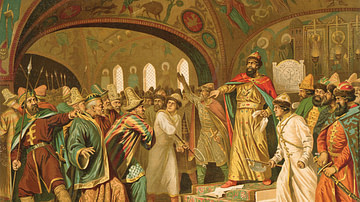
Definition
Ivan III of Russia
Ivan III of Russia (Ivan the Great) was the Grand Prince of Moscow and Russia from 1462 to 1505. Ivan III was born in 1440 to Grand Prince Vasily II of Moscow (r. 1425-1462) and his wife, Maria Borovsk (l. c. 1420-1485). He served as co-ruler...
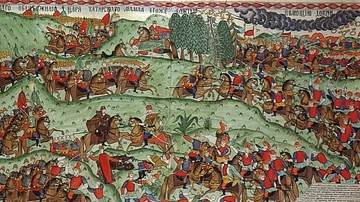
Definition
Golden Horde
The Golden Horde was the European appanage of the Mongol Empire (1206-1368 CE). Begun in earnest by Batu Khan in 1227 CE, the territory that would eventually become the Golden Horde came to encompass parts of Central Asia, much of Russia...
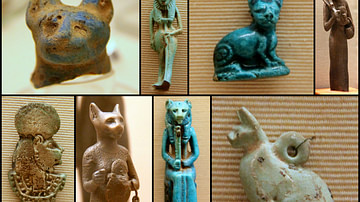
Article
Cats in the Ancient World
Cats and humans have shared in each other's lives for thousands of years and, even though they have not always been regarded as highly as in the present, have played an important role in a number of cultures. Always enigmatic, the cat has...
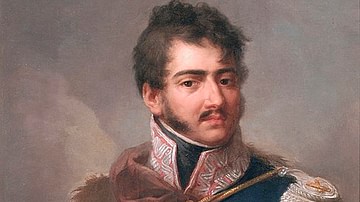
Definition
Józef Poniatowski
Prince Józef Poniatowski (1763-1813) was a Polish soldier and patriot, who served as commander-in-chief of the Polish army during the Napoleonic Wars (1803-1815). A steadfast ally of French Emperor Napoleon I (r. 1804-1814; 1815), Poniatowski...
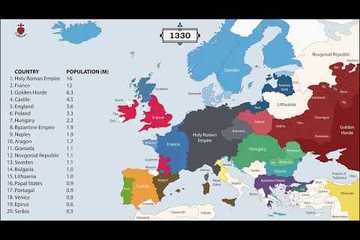
Video
The History of Europe: Every Year
This video shows the borders and populations of each country in Europe, for every year since 400 BC. Vassal states and colonies are not included in the count of a country's population. Sources : 1. Population : - Angus Maddison...
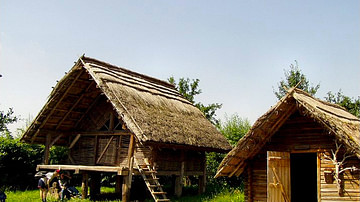
Definition
Hallstatt Culture
The Hallstatt culture is named after the site of that name in Austria and it flourished in central Europe from the 8th to 6th century BCE. The full period of its presence extends from c. 1200 to c. 450 BCE - from the Late Bronze Age to the...
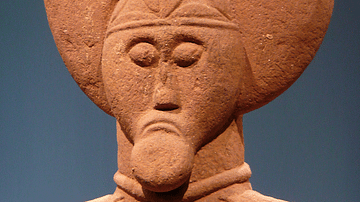
Definition
La Tène Culture
The La Tène culture (c. 450 - c. 50 BCE) is named after the site of that name on the northern shores of Lake Neuchâtel in Switzerland. It replaced the earlier Hallstatt culture (c. 1200 - c. 450 BCE) as the dominant culture of central Europe...
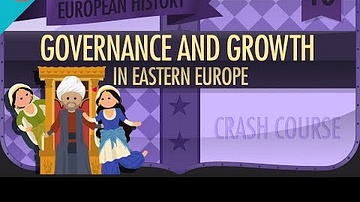
Video
Eastern Europe Consolidates: Crash Course
While the focus has been on Western Europe so far, there has also been a lot going on in Eastern Europe, which we'll be looking at today. The Commonwealth of Poland-Lithuania, The Ottoman Empire, and Russia were all competing at the eastern...
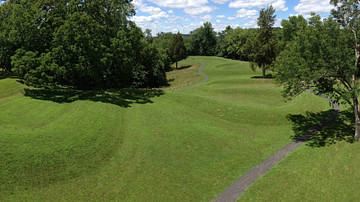
Definition
Serpent Mound
Serpent Mound (also known as Great Serpent Mound) is an archaeological and historic site in Peebles, Ohio, USA, enclosing an effigy mound 1348 feet (411 m) long in the shape of a serpent, the largest effigy mound of a serpent in the world...
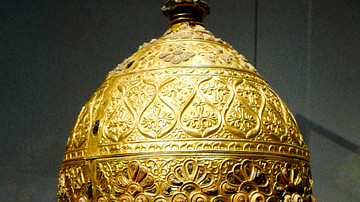
Definition
Ancient Celts
The ancient Celts were various tribal groups living in parts of western and central Europe in the Late Bronze Age and through the Iron Age (c. 700 BCE to c. 400 CE). Given the name Celts by ancient writers, these tribes and their culture...